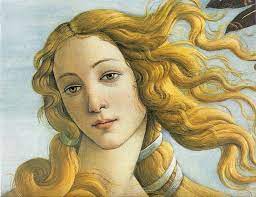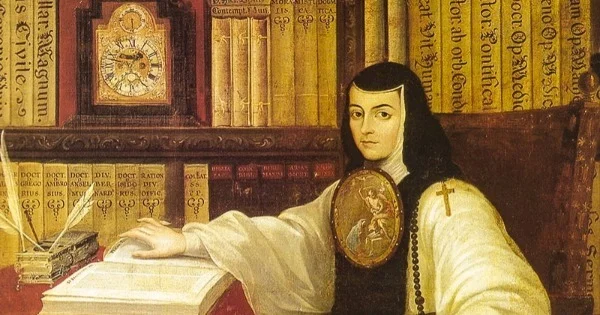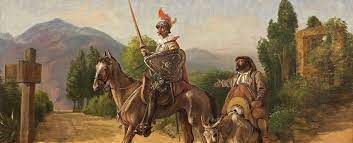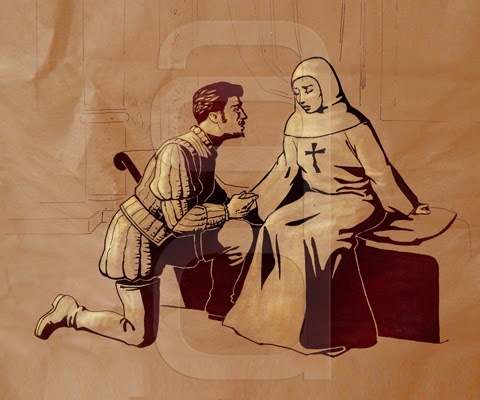A
Alejandra Ramos
AP Spanish Literature 💃🏽
24 resourcesSee Units
Unit 3 is such a fun and quirky unit because of the characteristics of the literature pieces and how fun some pieces are. This unit includes feminist remarks, patriotic pieces, journeys, and a lot of content that you have to be very familiar with to be fully prepared for the AP test.
El siglo XVII
The "Golden Age" of Spanish literature in the 17th century produced notable works in a variety of disciplines. The theater was dominated by Lope de Vega and Calderón de la Barca, while poetry was dominated by Góngora and Quevedo. "Don Quixote" by Cervantes became a ground-breaking book. Essays, biographies, and historical treatises also became more popular during this century, with renowned authors including Gracián. Overall, the era left a significant mark on Spanish literature.
Practically every single tema that College Board recommends organizing these literature pieces is covered in this unit due to the unique characteristics of each piece.
Required Literature Pieces in Unit 3
Below are summaries of all required texts for this unit in AP Spanish Literature! Be sure to click each heading to be sent to that respective guide and learn more about these pieces of literature.
3.1 Soneto CLXVI, “Mientras por competir con tu cabello” – Luis de Góngora

Image Courtesy of WordPress
Quick Intro
This sonnet is written by famed Spanish Golden Age poet Luis de Góngora. The speaker's adoration for a woman's attractiveness, particularly her hair, is explored in the poem. It uses rich metaphors and terminology that is typical of Góngora's baroque approach. The poem's central themes are the fleeting nature of beauty and the capacity of love to endure the passage of time.
Temas to Look Out For
- El tiempo y el espacio
- El carpe diem y el memento mori
- El amor y el desprecio
- La trayectoria y la transformación
3.2 Salmo XVII, “Miré los muros de la patria mía” – Francisco de Quevedo

Image Courtesy of Flickr
Quick Intro
This is original poetry from a significant poet of the Spanish Golden Age, Francisco de Quevedo. The speaker examines the deterioration and disintegration of his own Spain in this profoundly introspective and reflective essay. The poem focuses on the speaker's emotional connection to his nation and his mourning over its current status as it addresses themes of nostalgia, patriotism, and the passing of time.
Temas to Look Out For
- El tiempo y el espacio
- El carpe diem y el memento mori
- La trayectoria y la transformación
- La introspección
3.3 "Hombres necios que acusáis" – Sor Juana Inés de la Cruz

Image Courtesy of Cultura Genial
Quick Intro
This required text is a famous poem written during the Spanish Baroque era by the talented Mexican author Sor Juana Inés de la Cruz. The poem criticizes men's hypocrisy and double standards when they hold women accountable for their own flaws and wants. It highlights women's intelligence and ability while criticizing the societal demands put on them. The poem's key themes include gender inequity, social injustice, and male and female power relationships.
Temas to Look Out For
- La construcción del género
- El machismo
- El sistema patriarcal
3.4 Don Quixote – Miguel de Cervantes

Image Courtesy of Literary Hub
Quick Intro
This book by Miguel de Cervantes Saavedra is regarded as one of the best pieces of literature in the Western world. The plot centers on the exploits of idealistic and naive knight-errant Don Quixote and his obedient companion Sancho Panza. A satirical investigation of chivalry, the difference between truth and illusion, and the capacity of the imagination. A profound commentary on human nature and the search for meaning is provided by the novel's exploration of subjects such as heroism, lunacy, and the essence of storytelling.
Temas to Look Out For
- La dualidad del ser
- La construcción de la realidad
- La imagen pública y la imagen privada
- El ser y la creación literaria
- La creación literaria
- Las sociedades en contacto
- Las divisiones socioeconómicas
- El individuo en su entorno
- La intertextualidad
- El proceso creativo
3.5 "El burlador de Sevilla y convidado de piedra" – Tirso de Molina

Image Courtesy of Montalban Digital
Quick Intro
"El burlador de Sevilla y convidado de piedra" was written by Tirso de Molina. The notorious Don Juan, a womanizer and seducer, is introduced in the play. It examines morality, dishonesty, and the effects of one's conduct as central themes. The play explores the ideas of honor and revenge while criticizing the libertinism and arrogance of its protagonist.
Temas to Look Out For
- La construcción del género
- El machismo
- La sexualidad
- Las relaciones sociales
- El amor y el desprecio
- El individuo y la comunidad
- El carpe diem y el memento mori
- La espiritualidad y la religión
- Las relaciones de poder
Navigating This Unit
This unit has a lot of information and has a lot of material to remember! It is strongly recommended to not cram each literature piece into one day but rather, break down each one over a couple of days.
Since this unit is also larger in comparison to others, it is also in your best interest to make connections with these literature pieces to as many as possible. Good luck! 🍀
Browse Study Guides By Unit
🏇Unit 1 – La época medieval
🛳Unit 2 – El siglo XVI
🖌Unit 3 – El siglo XVII
3.0Unit 3 Overview: El Siglo XVII
- Context Behind El burlador de Sevilla y convidado de piedra
- Details of El burlador de Sevilla y convidado de piedra
- Summary of El burlador de Sevilla y convidado de piedra
- Themes in El burlador de Sevilla y convidado de piedra
- Significance and Analysis
- El siglo XVII
- Required Literature Pieces in Unit 3
- Navigating This Unit
🎨Unit 4 – La literatura romántica, realista y naturalista
🤺Unit 5 – La Generación del 98 y el Modernismo
🎭Unit 6 – Teatro y poesía del siglo XX
🌎Unit 7 – El Boom latinoamericano
🗣Unit 8 – Escritores contemporáneos de Estados Unidos, y España

Fiveable
Resources
© 2025 Fiveable Inc. All rights reserved.